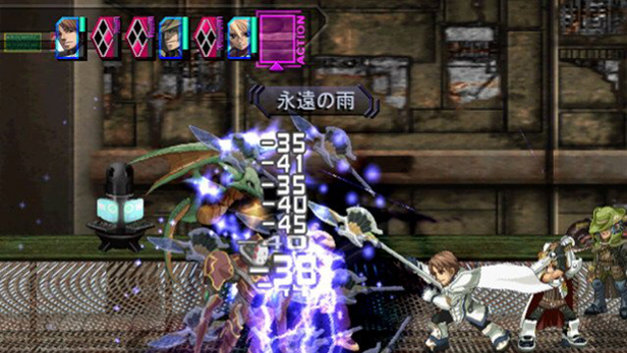Ico is primarily a three-dimensional platform game. The player controls Ico from a third-person perspective as he explores the castle and attempts to escape it with Yorda. The camera is fixed in each room or area but swivels to follow Ico or Yorda as they move; the player can also pan the view a small degree in other directions to observe more of the surroundings. The game includes many elements of platform games; for example, the player must have Ico jump, climb, push and pull objects, and perform other tasks such as solving puzzles in order to progress within the castle. These actions are complicated by the fact that only Ico can carry out these actions; Yorda can only jump short distances and cannot climb over tall barriers. The player must use Ico so that he helps Yorda cross obstacles, such as by lifting her to a higher ledge, or by arranging the environment to allow Yorda to cross a larger gap herself. The player can tell Yorda to follow Ico, or to wait at a spot. The player can also have Ico take Yorda's hand and pull her along at a faster pace across the environment. Players are unable to progress in the game until they move Yorda to certain doors that only she can open.
Escaping the castle is made difficult by shadow creatures sent by the Queen. These creatures attempt to drag Yorda into black vortexes if Ico leaves her for any length of time, or if she is in certain areas of the castle. Ico can dispel these shadows using a stick or sword and pull Yorda free if she is drawn into a vortex. While the shadow creatures cannot harm Ico, the game is over if Yorda becomes fully engulfed in a vortex; the player restarts from a save point. The player will also restart from a save point if Ico falls from a large height. Save points in the game are represented by stone benches that Ico and Yorda rest on as the player saves the game. In European and Japanese releases of the game, upon completion of the game, the player has the opportunity to restart the game in a local co-operative two-player mode, where the second player plays as Yorda, still under the same limitations as the computer-controlled version of the character.
How to play Yorda
I found on youtube
https://en.wikipedia.org/wiki/Ico




